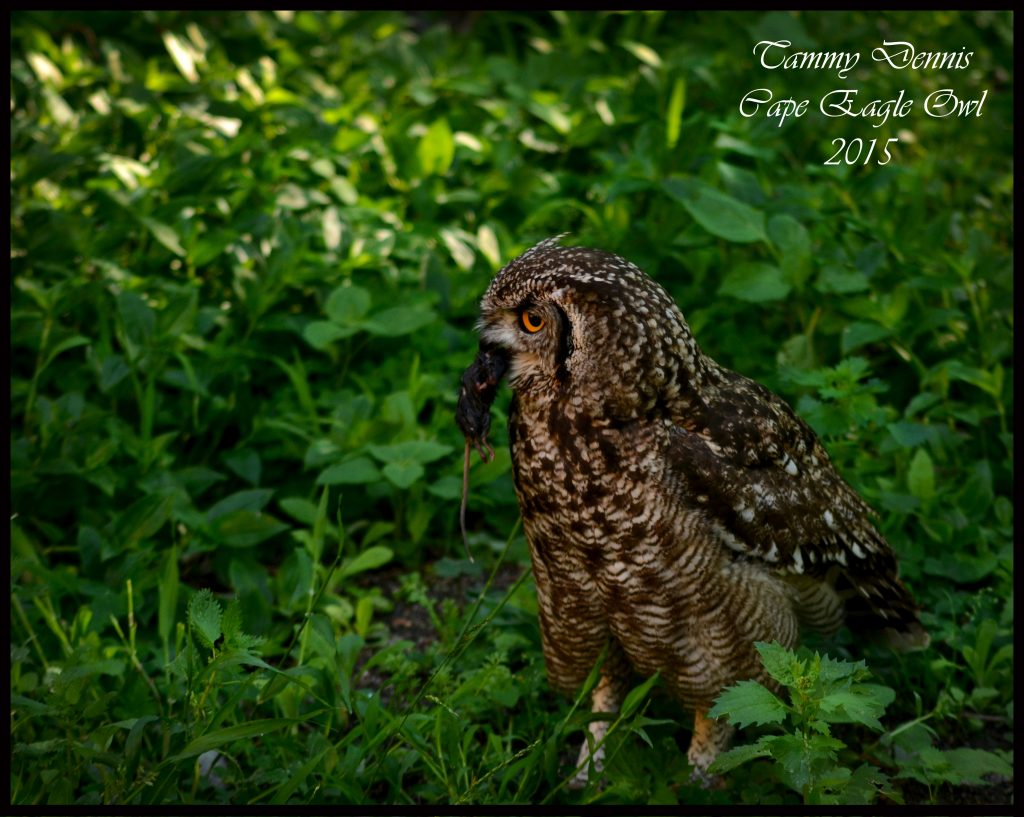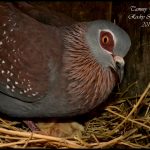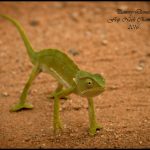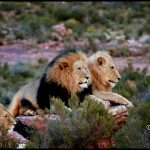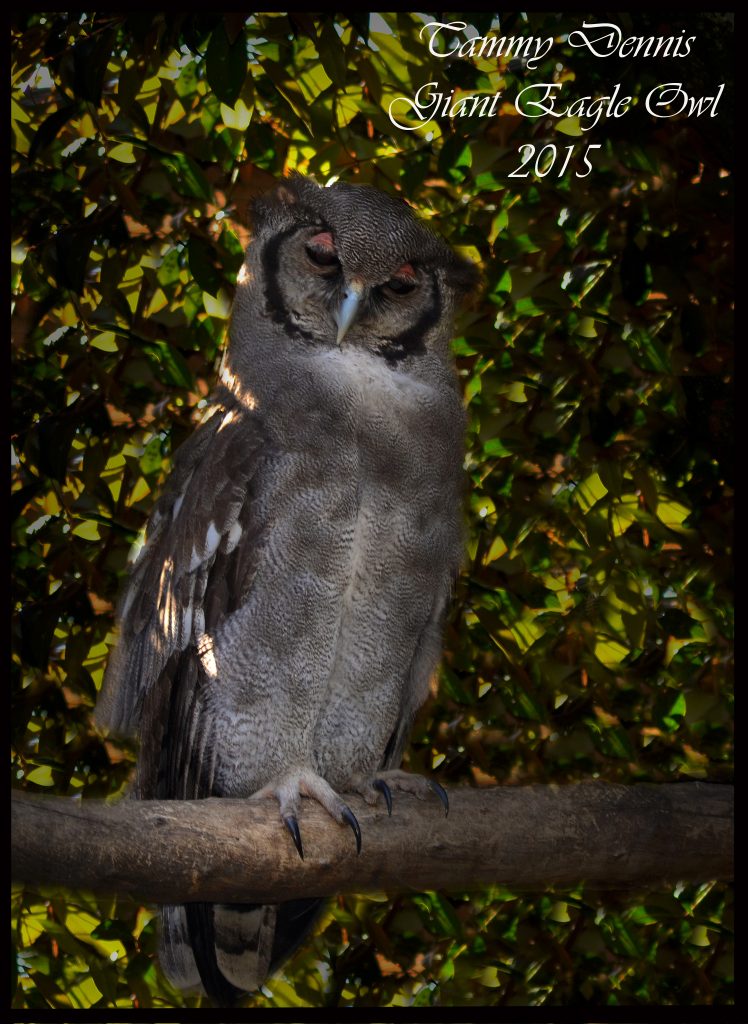 Rarely seen during the day, these birds are full of talent and amazing to get to know, in South Africa we are fortunate to have many species of owls that are quite different from each other. Being nocturnal you will often hear them hooting at night, and if you’re out with a light you may see them perched listening for prey, if you get to see them during the day they are often perched and fast asleep in trees or burrows, however there are a few owls that are more active in the day.
Rarely seen during the day, these birds are full of talent and amazing to get to know, in South Africa we are fortunate to have many species of owls that are quite different from each other. Being nocturnal you will often hear them hooting at night, and if you’re out with a light you may see them perched listening for prey, if you get to see them during the day they are often perched and fast asleep in trees or burrows, however there are a few owls that are more active in the day.
One of the most common is the barn owl, found in almost every continent in the world, known for their stunning cream plumage and beautiful face, this is a very useful friend as its main diet is mice, helping keep the populations down, especially in farmland.
Giant eagle owl or formally known as Verreaux’s eagle owl is the largest of the owls, although one of the funniest looking, it has very fluffy tufts and pink eyelids, and often seen with a dopey confused look on its face.
Marsh owls are seen equally during the day and night, often looking for mice in farming fields, but also have a taste for insects as well.
African scops owl, it is strictly nocturnal and when seen during the day it is often asleep perched near a branch making itself look like a part of the tree, it really does have a great disguise.
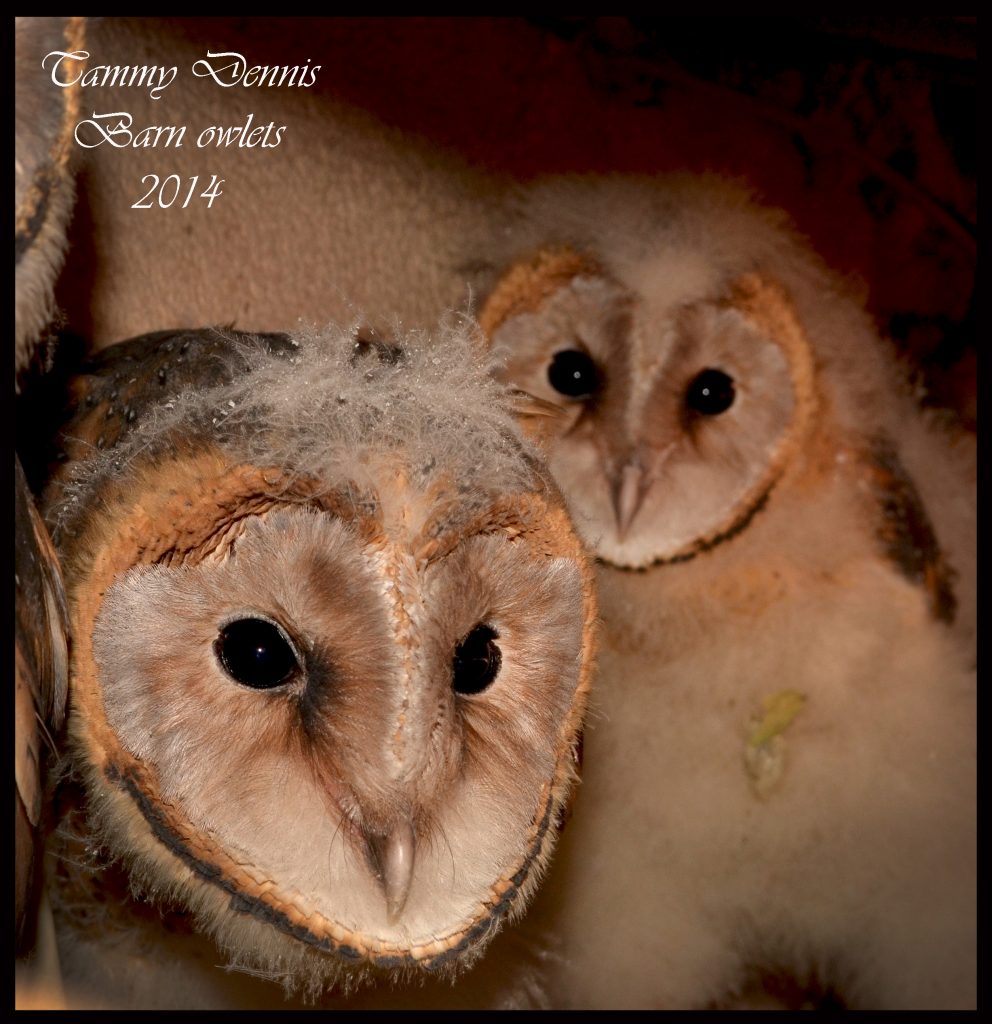
African barred owlet are very small owls, mostly diurnal and feeds on insects, small birds, frogs and mice.
Pearl spotted owlet is another very small owl, mostly diurnal and one of the owls you can whistle their tune and they will try find you and contact call you back as they look for another owl.
Eagle owls, there are two species, cape eagle owl and the spotted eagle owl. Not uncommon to find living in settlement areas but are often hit by cars at night.
Pel’s fishing owl, not a common owl to see in South Africa, but it lives near water and catches fish and frog at night, which is very unusual for owls in South Africa and quite an amazing achievement.
Southern white-faced owl, this must be one of the most beautiful of the owls, with striking colours and facial markings making a very photogenic owl.
African wood owl, this is a very round chubby looking owl, mainly found in forests and woodland, often eating insects and reptiles.
Owls are so well equipped to be able to hear in the dark, their ear holes (not the “ear tufts”) are place off centre to each other, allowing the facial discs to collect the sound, allowing the owls to pinpoint their prey without needing to see it. Their feathers are also equipped with a comb like hooks on the primary feathers (ones responsible for flight) this allows them to fly quietly, enabling them to ambush their prey by surprise.
These are very fascinating birds, see what is in your area and try accommodating them in your garden as they are very helpful and interesting to watch.
